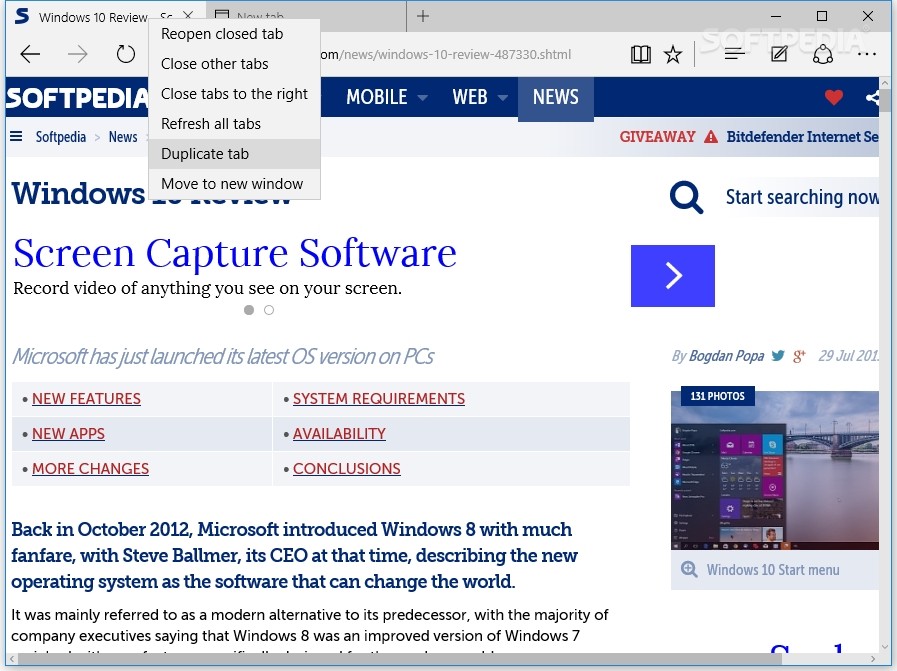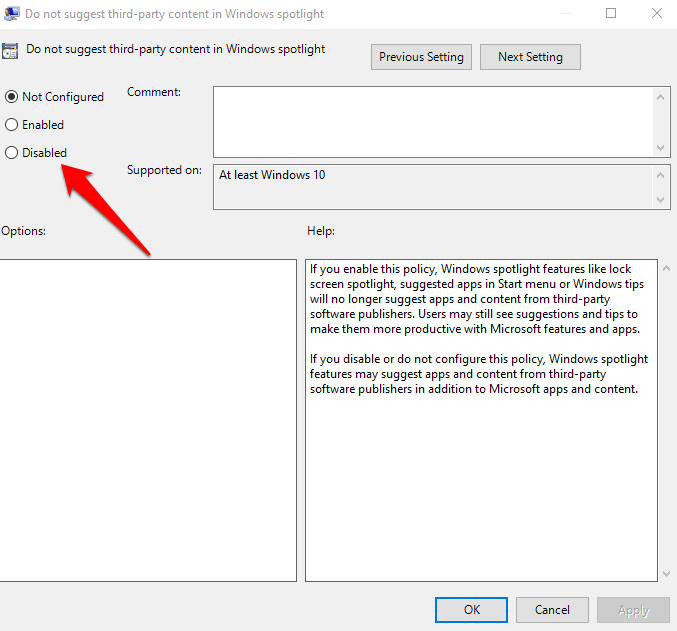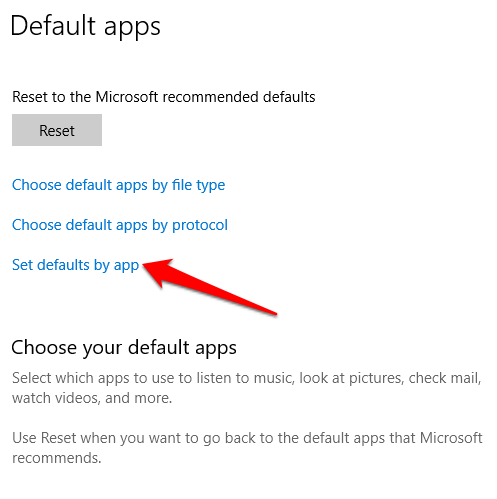



NCSI active probes and the network status alert NCSI passive monitoring and the network status alert.Authentication and the automatic sign-in page.NCSI active probes and the network status alert.When you connect your computer to a network as described in the Symptoms section, NCSI begins a process that includes one or more of the following: These probes are triggered by changes in any of the network interfaces. NCSI uses both active and passive probes. NLA uses a component that is named the Network Connectivity Status Indicator (NCSI) to determine whether the computer has successfully connected to the network, and whether the network has intranet or internet connectivity. Windows uses the Network Location Awareness (NLA) service to detect the properties of a network and determine how to manage connections to that network. After you use the network for a few seconds, the network alert on the Task Bar disappears. If you hover over the icon, you see a message such as "No connectivity" or "Limited Internet access."Īfter you sign in to the network, you can use the network in the usual manner.

The network icon on the Task Bar shows an alert symbol (for example,.The default browser (for example, Internet Explorer or Edge) opens, and shows a web page such as a sign-in page for the network or the MSN portal page.You connect your computer to a corporate network that uses a proxy server to connect to the internet.You connect your computer to a public network that requires Hotspot Sign in information (for example a hotel, airport, and so forth).You connect a computer that's running Windows 8 (or a later version) to a network in either of the following conditions: This article provides some information about the issue where an Internet Explorer or Edge window opens when your computer connects to a corporate network or a public network.Īpplies to: Windows Server 2019, Windows Server 2016, Windows Server 2012 R2, Windows 10 - all editions Original KB number: 4494446 Symptoms


 0 kommentar(er)
0 kommentar(er)
